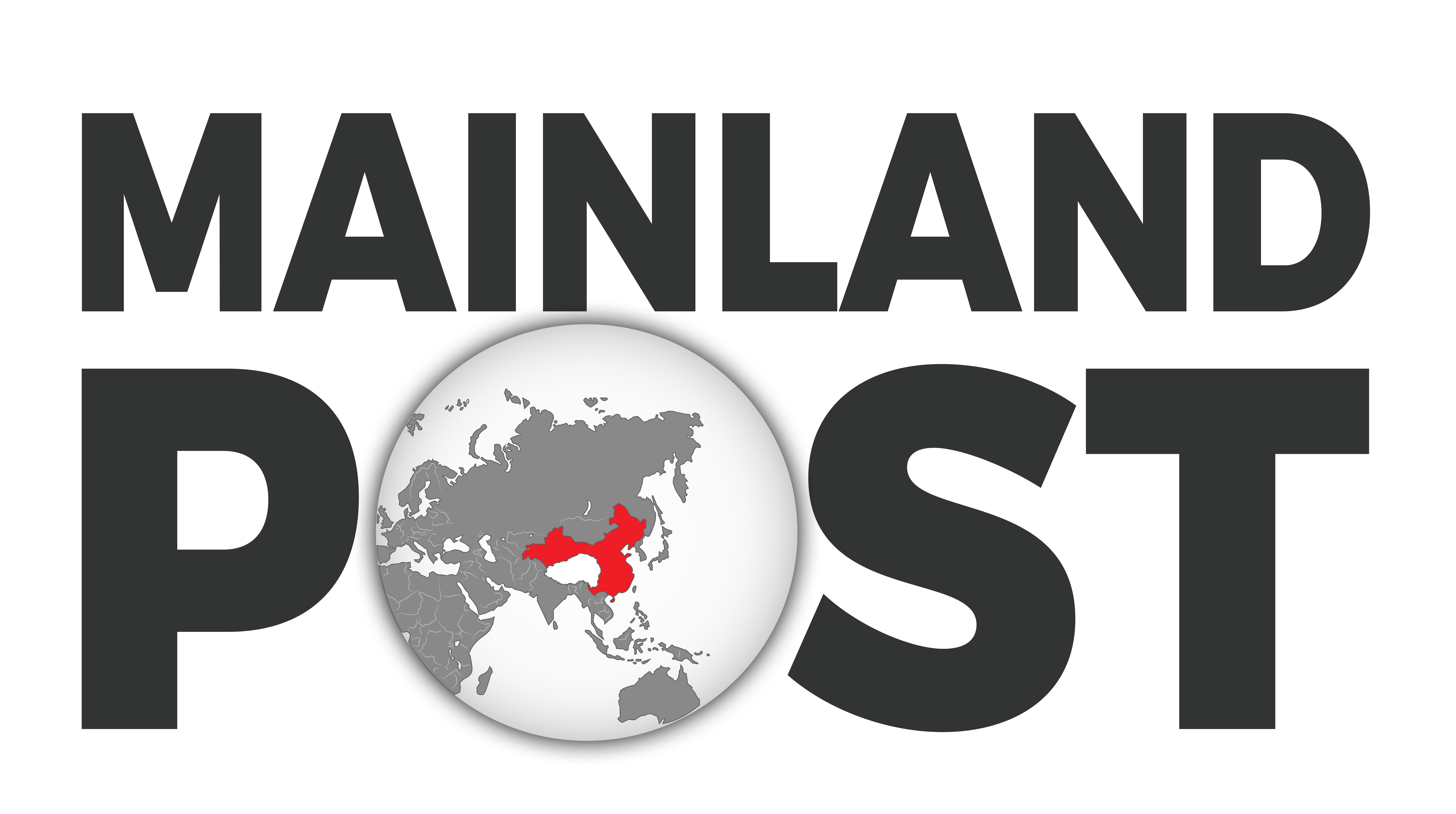In recent years, the Chinese Communist Party (CCP) has intensified its aggressive stance towards Taiwan, echoing the tactics it employed during the invasion of Tibet. This article explores the unsettling similarities between China’s historical and contemporary actions, drawing from recent reports and historical analysis.
On June 21, 2024, Chinese authorities announced guidelines for punishing “stubborn” separatists advocating for Taiwanese independence, with the maximum penalty being death. This draconian measure, although practically unenforceable due to the lack of Chinese jurisdiction in Taiwan, sends a chilling message about Beijing’s intentions. The guidelines call for severe punishment for those promoting Taiwan’s membership in international organizations, engaging in “official external exchanges,” or suppressing pro-reunification entities.
Simultaneously, China has conducted repeated military drills around Taiwan. On June 26, 2024, Taiwan’s Ministry of National Defense reported that 26 Chinese military aircraft, including J-16 fighter jets, conducted joint combat readiness patrols around the island. These aggressive manoeuvres underscore China’s commitment to intimidating Taiwan and asserting its claim over the island.
China’s recent actions towards Taiwan are eerily reminiscent of its strategy in Tibet. The invasion of Tibet in 1950 was marked by similar rhetoric of “national unity” and “territorial integrity.” The CCP justified its actions under the guise of liberating the Tibetan people from a theocratic regime and integrating Tibet into the socialist motherland. However, the reality was a brutal military occupation and a systematic effort to erode Tibetan culture and autonomy.
The CCP’s policy in Tibet has included severe repression of any dissent, extensive propaganda campaigns to promote the Party’s narrative, and the imposition of harsh penalties on those advocating for Tibetan independence. These tactics mirror the current approach towards Taiwan, where Beijing’s legal and military threats aim to stifle any movement towards independence and maintain its claim over the island.
A significant tool in both campaigns has been media manipulation. In the case of Tibet, the CCP has long used state-controlled media to portray its occupation as beneficial, often glossing over the harsh realities faced by Tibetans. Similarly, the Chinese media has been mobilized to shape public perception about Taiwan, emphasizing the narrative of “reunification” and vilifying any form of Taiwanese independence as a threat to national unity.
The recent sanctions imposed on U.S. defense contractor Lockheed Martin over arms sales to Taiwan further illustrate China’s use of economic and political leverage to isolate and pressure Taiwan. This tactic is reminiscent of the economic measures used to control Tibet, where investments and infrastructure projects were strategically employed to consolidate Beijing’s control.
China’s aggressive policies are not confined to Taiwan and Tibet. The CCP’s ambitions extend to its borders with India and the South China Sea. The ongoing border disputes with India have resulted in multiple skirmishes and a significant military buildup in the region. The Line of Actual Control (LAC) has been a flashpoint, with China attempting to push its boundaries further into Indian territory.
In the South China Sea, China has been assertively expanding its territorial claims, much to the dismay of neighbouring countries like the Philippines. The construction of artificial islands and military installations in these disputed waters highlights Beijing’s determination to dominate the region and control crucial maritime routes.
The CCP’s expansionist ambitions have deep historical roots. During Mao’s rule, a pamphlet was circulated outlining plans to expand China’s borders towards Central Asia and beyond. This vision of a greater China, extending its influence and control over neighboring regions, continues to influence the CCP’s policies today. The aggressive moves in Tibet, Taiwan, India, and the South China Sea are all part of a broader strategy to assert dominance and reshape the geopolitical landscape in favor of Beijing.
The CCP’s strategies bear a striking resemblance to those of past expansionist empires. The Roman Empire, for instance, used a combination of military might and political maneuvering to expand its territories. The British Empire, at its height, employed both direct control and economic influence to dominate vast regions of the world. Similarly, the CCP’s use of military threats, legal frameworks, and economic leverage to assert control over Taiwan, Tibet, and other regions reflects a well-trodden path of imperial ambition.
Sun Tzu’s “The Art of War” offers insights into these tactics: “The supreme art of war is to subdue the enemy without fighting.” China’s use of media manipulation and economic sanctions, alongside its military posturing, aligns with this principle. By creating an environment of fear and control, the CCP seeks to achieve its goals with minimal direct confrontation.
Another relevant quote from Sun Tzu states, “In the midst of chaos, there is also opportunity.” The CCP’s aggressive moves in regions like the South China Sea during times of global uncertainty and distraction exemplify this strategy. By capitalizing on moments of geopolitical instability, China aims to strengthen its position and expand its influence.
As international observers and policymakers grapple with China’s expanding influence, understanding these historical and contemporary parallels is crucial. The lessons from Tibet serve as a stark reminder of the potential consequences of Beijing’s actions in Taiwan. How the world responds to these developments will shape the future of both Taiwan and the broader region.
By drawing these connections, we can see a clear and troubling pattern in the CCP’s methods. Whether in Tibet, Taiwan, the Indian border, or the South China Sea, China’s expansionist ambitions and repressive tactics reveal a consistent strategy of control and domination.




